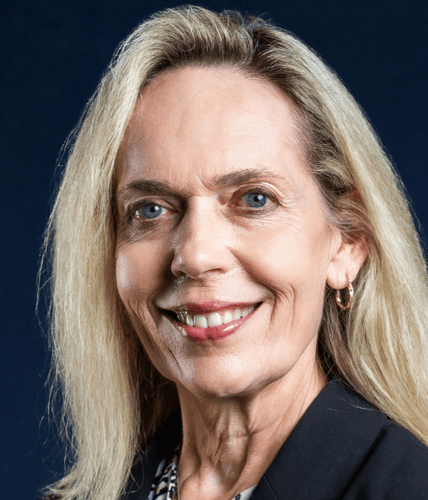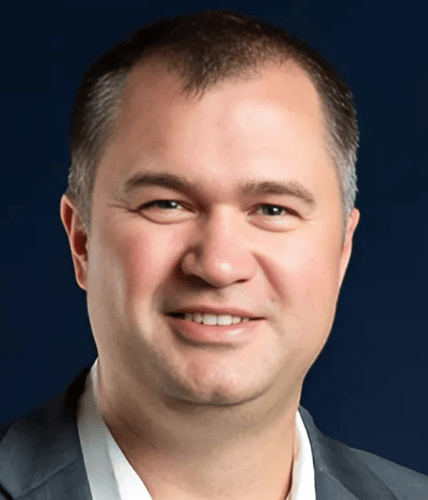The Building Blocks of any Employee Ownership Strategy
Employee stock ownership plans are powerful yet oft-overlooked business transition tools. Why? Compared to other M&A options, these strategies are fairly nuanced. Most business owners and executives need to get up to speed before considering an ESOP-led succession plan or liquidity event. But who has the time for that?
So, we've teamed with colleagues at Fifth Third Bank and Windham Brannon CPAs to deliver an essential, interactive ESOP lesson in just one hour. Our diverse panel of employee ownership and business advisory experts explains the four critical "Fs" of ESOPs: Function, Fit, Feasibility, and Financing.
Featuring
.png?height=500&length=500&name=Michael%20Bannon%20(webinar).png)
Michael Bannon
CSG PARTNERS
An employee ownership expert with a private equity background, Michael now works directly with business owners and their companies to build goal-oriented exit and transition strategies. A Managing Director with CSG Partners, he quarterbacks leveraged ESOP transactions for middle-market clients

Donna Caruso, CPA
WINDHAM BRANNON
Donna has expertise in various types of benefit plan audits and leads the Windham Brannon ESOP practice. She manages all aspects of audits and reviews across diverse industries, including construction, real estate, telecom, manufacturing and distribution, restaurants, franchisors, investment management, and professional services firms.


Bobby Vercoe, CPA, CCIFP
WINDHAM BRANNON
Bobby specializes in assurance services and employee benefit plans. He works closely with clients across industries—including construction, manufacturing and distribution, real estate and healthcare—to deliver timely, high-quality audits and guide them through new accounting standards and complex transactions.
Presented By
Windham Brannon is nationally ranked in the U.S. as one of Inside Public Accounting’s Top 200 firms and Accounting Today’s Top Southeast Firms. We remain actively involved in local and industry organizations and associations to increase our depth of resources and expertise, providing industry research and best practices for our clients.
Fifth Third is a bank that’s as long on innovation as it is on history. Since 1858, we’ve been helping individuals, families, businesses and communities grow through smart financial services that improve lives. Our list of firsts is extensive, and it’s one that continues to expand as we explore the intersection of tech-driven innovation, dedicated people and focused community impact.
